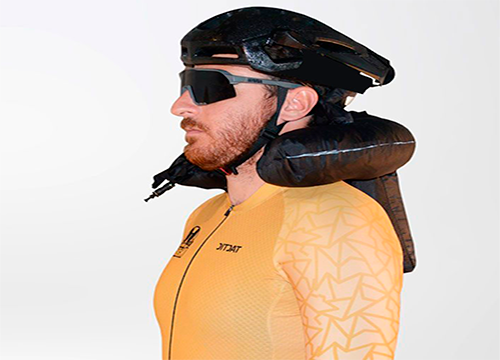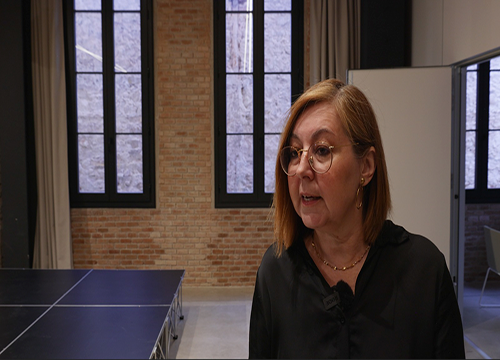Compulsory education extended until the age of 18
Finland

This new reform, in force as of 1 August 2021, means that the compulsory education level is reached when youngsters are 18 years-old or have completed an upper secondary qualification: either the general upper secondary cycle (or matriculation examination) or the vocational training qualification. Prior this reform, the compulsory education comprehended a nine-year single structure and most of the pupils were 16 year-old when completing this level.
The effects of the reform from the students' perspective
The youngsters who completed their basic education in spring 2021, mainly those born in 2005, were the first age group affected by the reform.
Students in upper secondary get for free:
- instruction (free also before)
- daily school meal (free also before)
- textbooks and other learning materials needed for instruction
- tools, clothing, ingredients and other materials needed for vocational education
- the five tests required to complete the general upper secondary syllabus cycle
- school journeys of seven kilometers or more
- in some special cases, accommodation and travel costs.
All the above-mentioned services/materials are free of charge until the end of the calendar year when the student reaches 20 year-old. This period can also be extended for justified reasons, for example, in case of illness.
Regarding educational programmes requiring special equipment, such as musical instruments and sports clothes, once the youngsters will also use those outside instruction time, these costs are supported by the students.
Aims of the reform
The aim of the reform is for everyone to complete the upper secondary education – as there have been too many youngsters who have only completed nine-year basic education. In the future, it will be more difficult to cope in the professional world without an upper secondary (or higher) qualification, as most of the jobs that require the basic education tend to disappear in Finland. Already today, an upper secondary qualification is the minimum requirement to professional life.
This reform will gradually raise the level of education and competences, bridge learning gaps, improve equality and non-discrimination and enhance the wellbeing of children and youngsters.
Source: Eurydice Unit Finland






Sin Comentarios